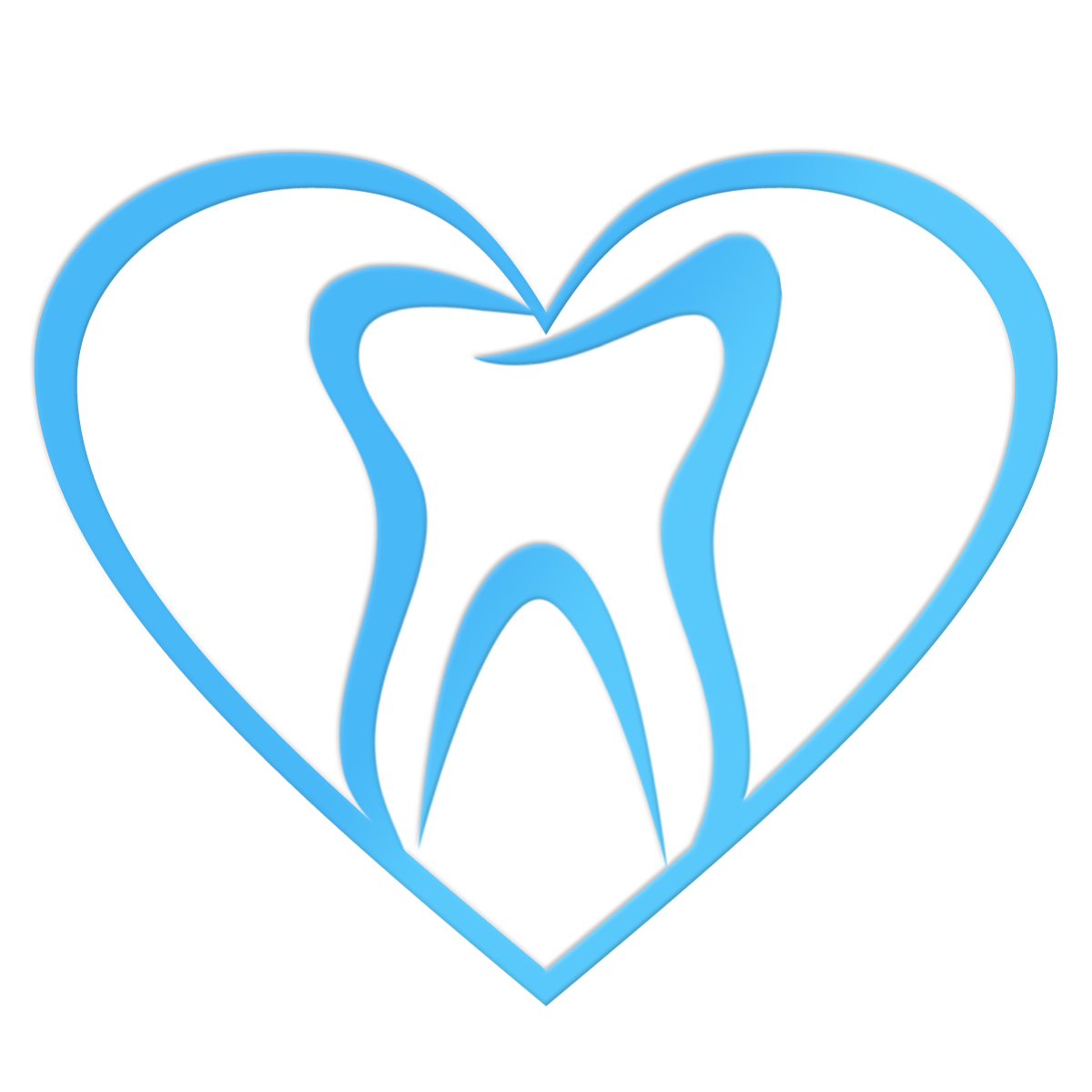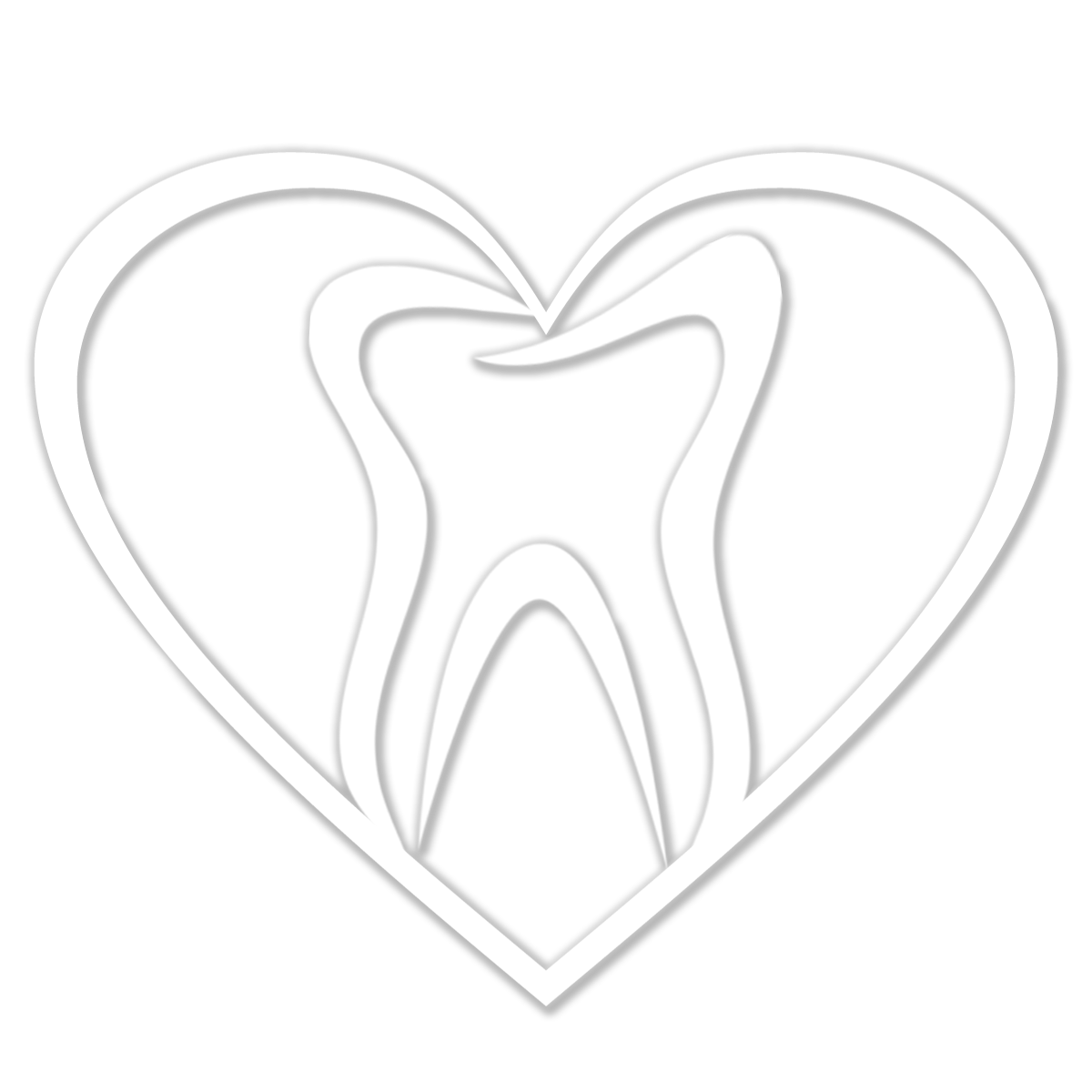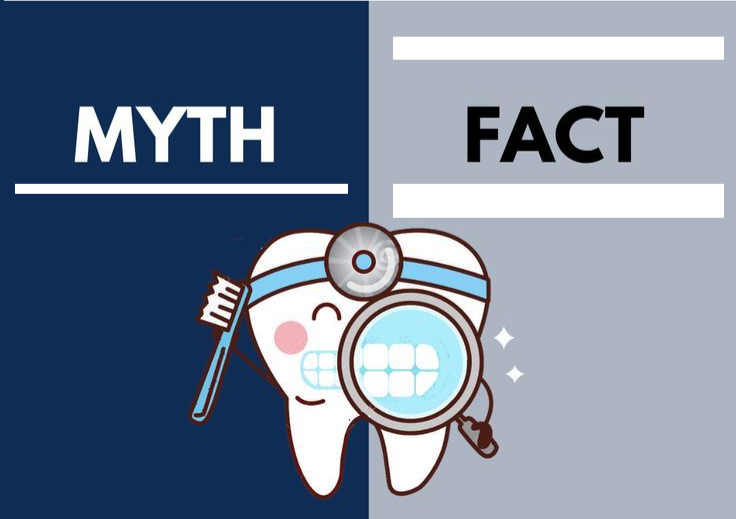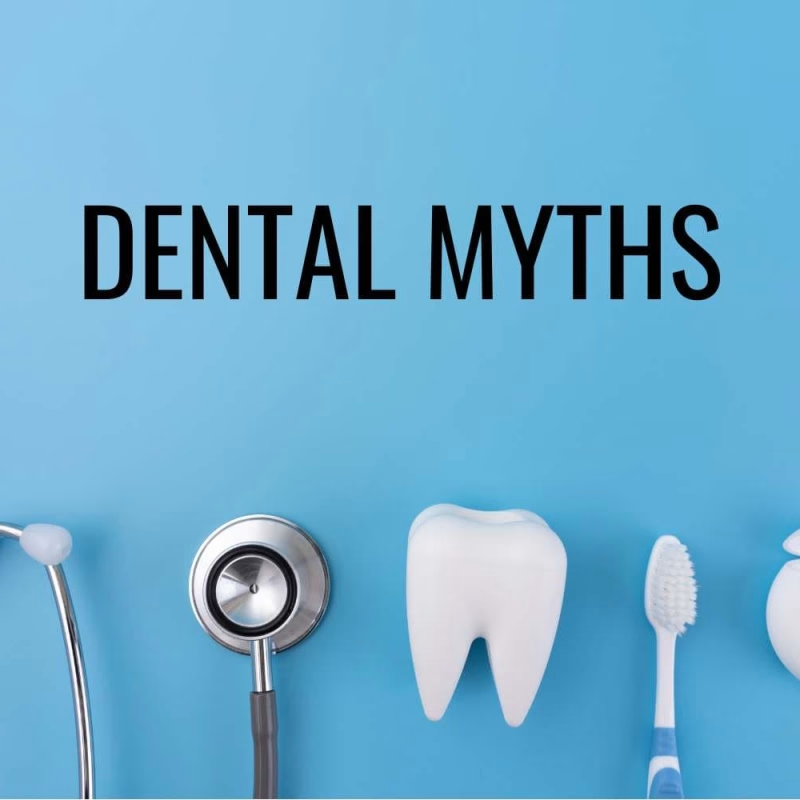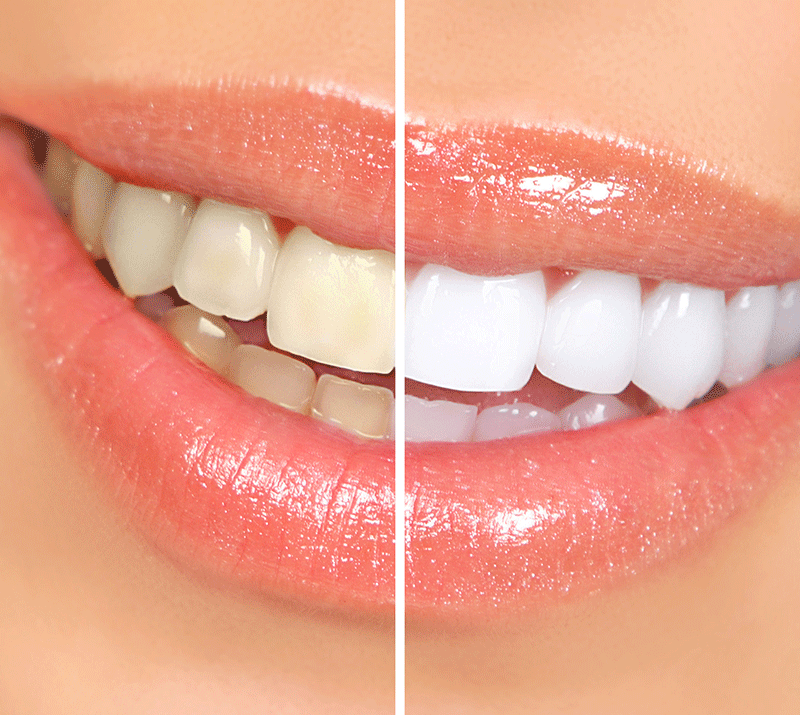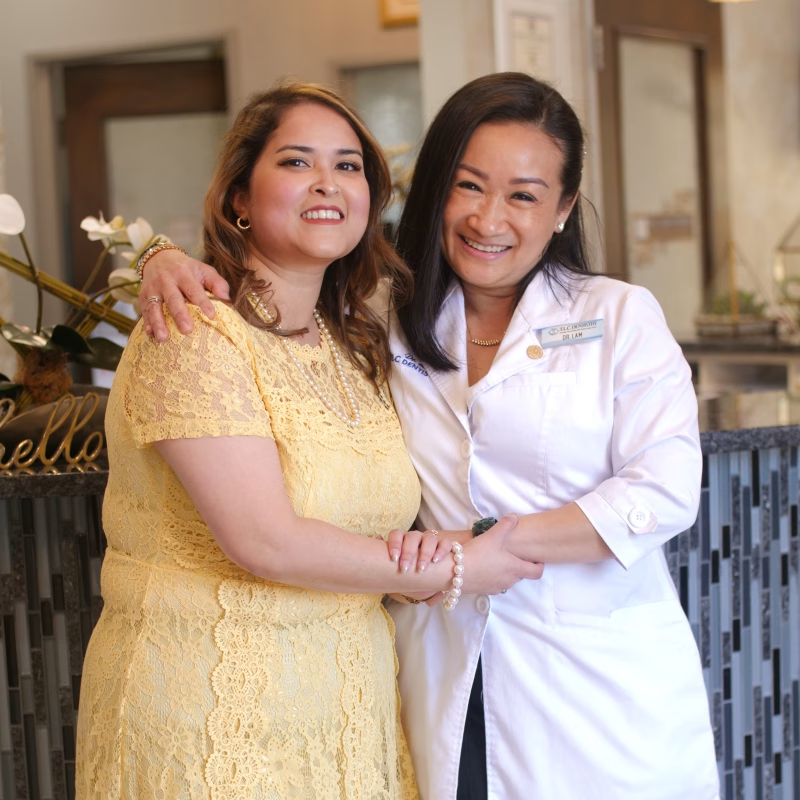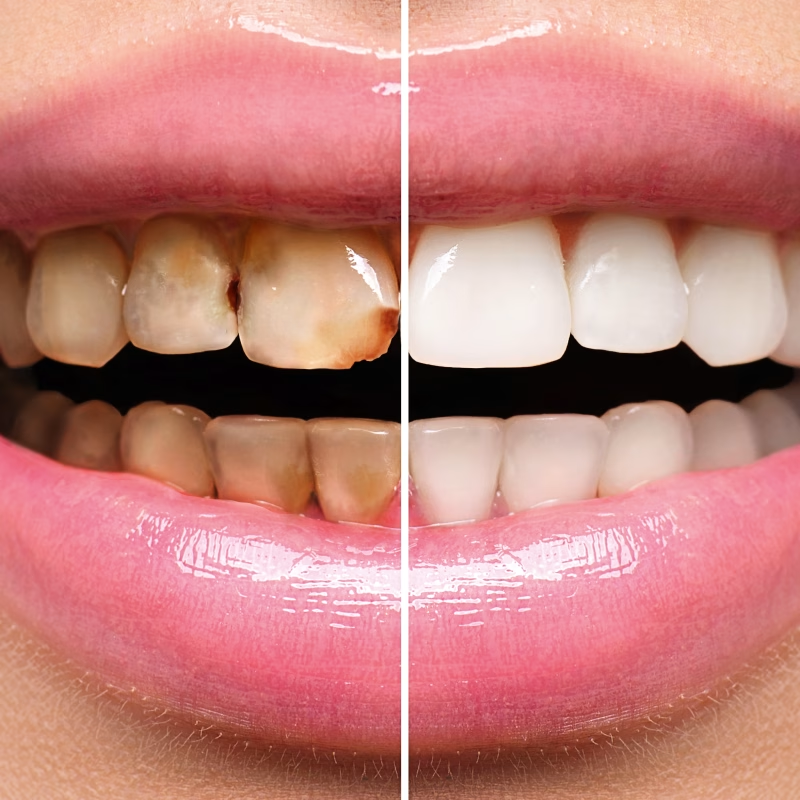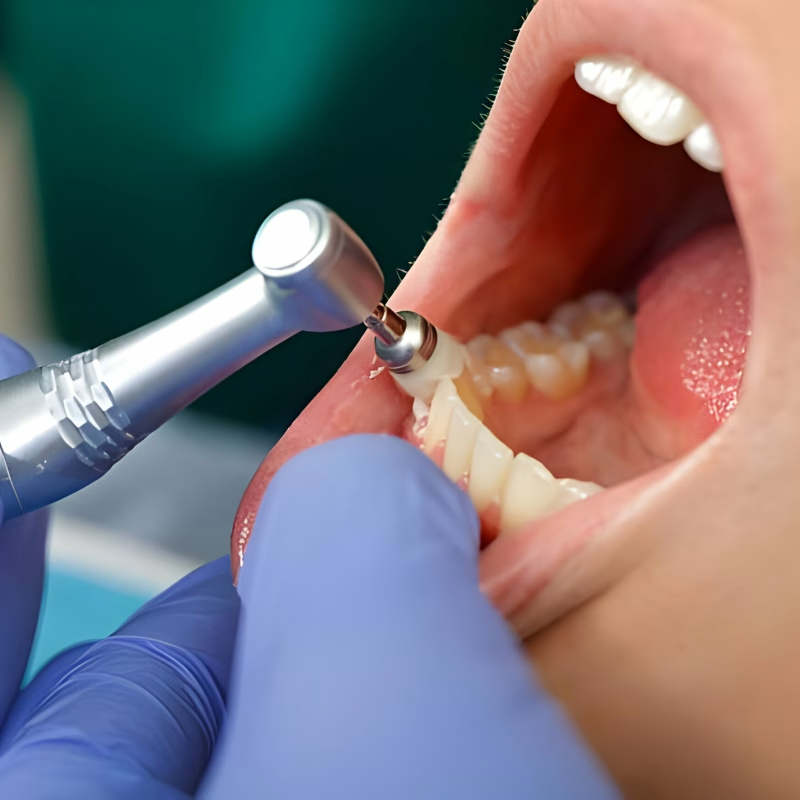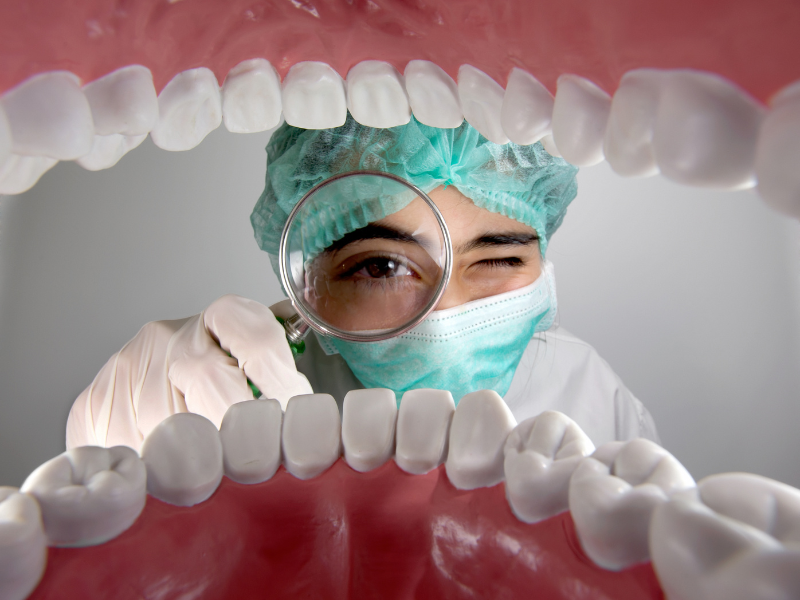Dental Myths vs. Facts
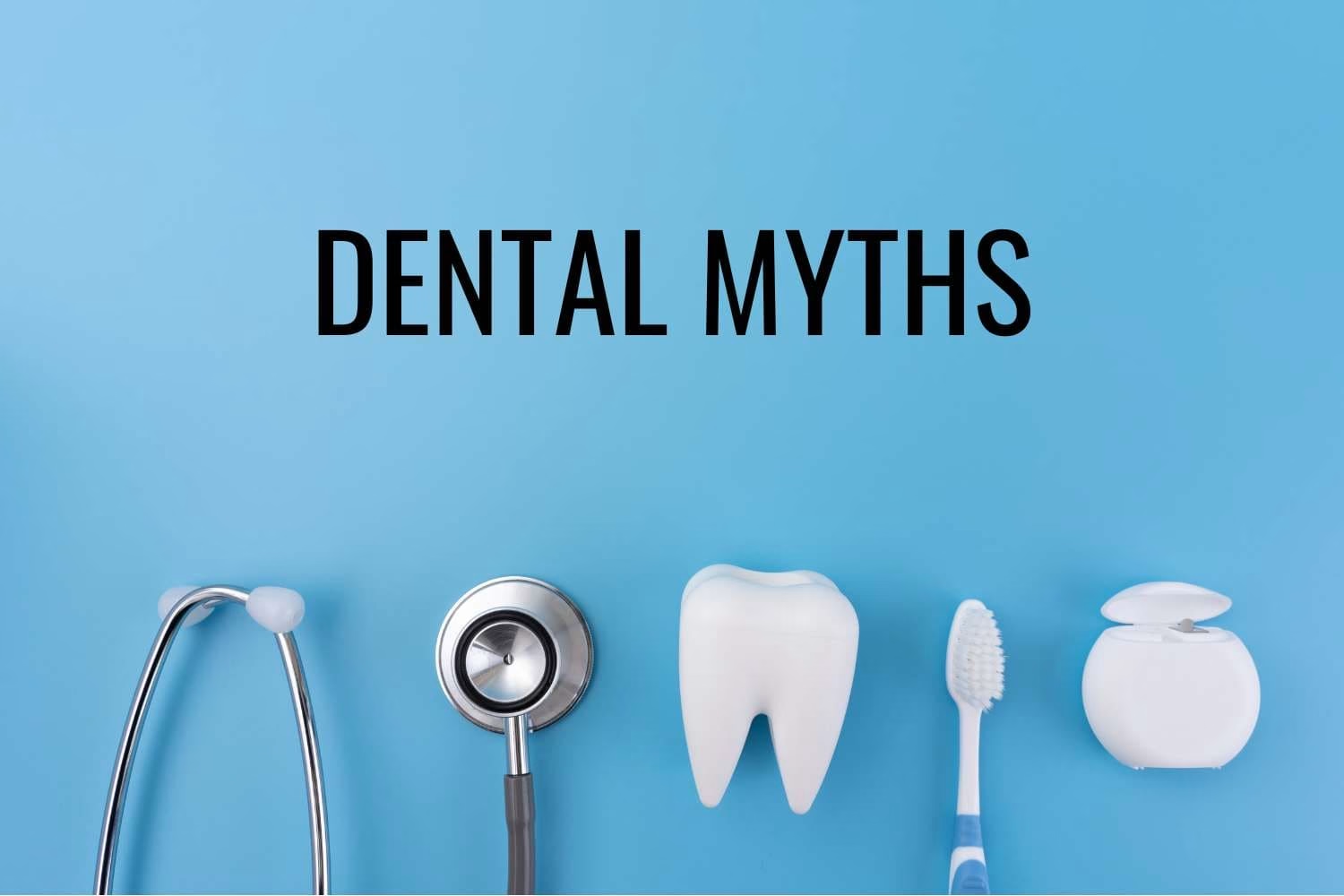
Oral health is surrounded by myths—some harmless, others potentially harmful. In this post, we’ll bust common dental misconceptions and present the real facts backed by expert sources.
Myth 1: “You only need to see the dentist if something hurts.”
Fact: Pain is often the last symptom of a dental problem.
Regular dental exams and cleanings catch early-stage issues like cavities, gum disease, or oral cancer—conditions that frequently develop without pain. Waiting for symptoms can lead to more extensive, costly, or invasive treatments.
Myth 2: “Brushing harder cleans better.”
Fact: Aggressive brushing can damage enamel and gum tissue, leading to sensitivity or receding gums.
More force doesn’t mean more cleanliness—proper technique does. Use a soft-bristled brush and gentle, circular motions for effective cleaning without harm.
Myth 3: “Sugar is the only cause of cavities.”
Fact: Cavities result from bacterial acid attacking enamel, fed by all fermentable carbohydrates—not just sugar.
Starches (like bread, chips, pasta) and sticky foods can increase risk if oral hygiene is poor. The key defenses are proper brushing, flossing, balanced snacking, and staying hydrated.
Myth 4: “Baby teeth aren’t important—they fall out anyway.”
Fact: Baby teeth guide the eruption and alignment of permanent teeth, aid in chewing and speech, and prevent early orthodontic issues.
Neglecting them can cause pain, infection, misalignment, and impact long-term oral health. Early habits and care pay off.
Myth 5: “Bleeding gums during flossing are normal.”
Fact: Bleeding gums often signal inflammation or early gum disease—not a reason to stop flossing.
Consistent, gentle flossing reduces plaque and inflammation; over time, gums generally stop bleeding as they become healthier.
Myth 6: “Chewing gum can replace brushing.”
Fact: Sugar-free gum may offer temporary benefits—stimulating saliva and helping neutralize acids—but it can’t remove plaque or replace brushing and flossing.
It’s a useful supplement in between meals, but not a substitute for a proper hygiene routine.
Putting It All Together: Why These Myths Persist
Misconceptions often stem from outdated advice, casual hearsay, or internet misinformation. Unlearning them empowers better habits and safeguards your health.
Tips to stay myth-free:
-
Establish a routine—brush twice daily, floss daily, and visit the dentist regularly.
-
Use proper technique, not force.
-
Watch your diet—not just sugar, but also refined carbs and snacking frequency.
-
Start early with kids—don’t underestimate baby teeth.
-
Trust professional advice; credible sources like ADA-endorsed sites are your best guides.
😊 Wrap-Up: From Myth to Healthy Smile
| Myth | Truth |
|---|---|
| Visit the dentist only when there’s pain | Pain is a late sign—prevention is key |
| Brushing harder cleans better | Gentle, correct technique is better for your teeth and gums |
| Only sugar causes cavities | Many carbohydrate-rich foods contribute to decay |
| Baby teeth don’t matter | They’re essential for oral development |
| Bleeding gums are normal | Bleeding usually signals inflammation—keep flossing gently |
| Gum = brushing | Gum helps, but doesn’t replace daily hygiene |
Ready to separate myths from reality? Share this post, ask your dentist, and build habits that support a lifelong healthy smile.
📞 Schedule Your Appointment with TLC Dentistry
At TLC Dentistry, your health and comfort are our top priorities. If you’re feeling unwell, please contact us to discuss your symptoms. We’re here to help you make the best decision for your oral and overall health.
Ready to book your next appointment? Visit www.mytlcdentist.com or call us today.
